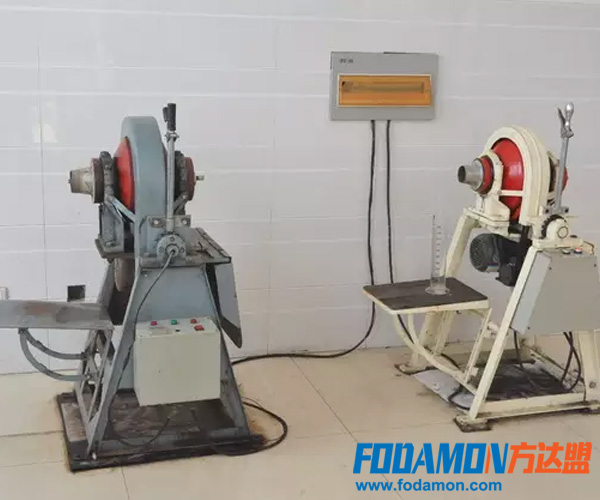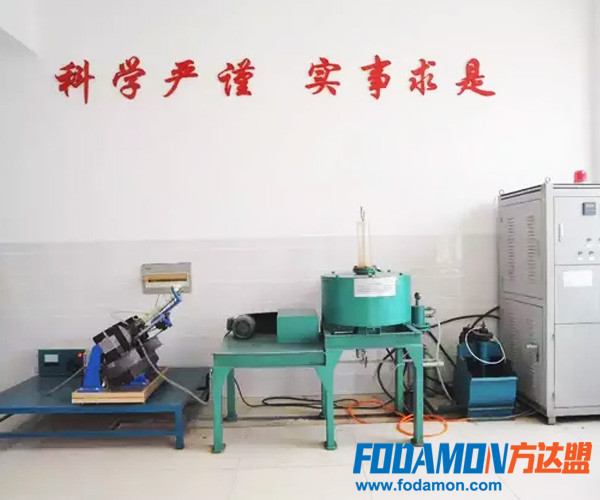Ⅰ. Why do beneficiation tests?
Beneficiation is to separate useful minerals from gangue minerals by gravity separation, flotation, magnetic separation and electric separation after crushing and grinding fine ores according to the physical and chemical properties of different minerals in ores, so as to separate useful minerals associated with each other as much as possible and remove or reduce harmful impurities. The process of obtaining raw materials for smelting or other industries.
Through the beneficiation test, you can fully understand the nature of the ore, and provide assistance and support for the design of the ore dressing plant and the later exploration of the vein. Because the ore properties vary from region to region, the process and process conditions of the beneficiation process are also different. Therefore, before developing an ore, it is necessary to conduct a beneficiation test to determine the best beneficiation process and obtain the best mineral quality and recovery rate. At the same time, through the beneficiation test, the most reasonable equipment can be selected for the ore dressing enterprise. Find the best balance between input, cost, indicator and economic benefit, so as to reduce the production cost after the initial investment and production, so that the mine can obtain the maximum economic benefit and reduce the waste of resources in the mine. It can even be said that after the determination of the resource conditions of the mine, the ore dressing test is the key to the good or bad ore survival and survival. It can also provide a direct scientific basis for the transformation of existing ore dressing plants, and solve many problems such as low concentrate grade, high impurity content, low recovery rate, high production cost, and improper equipment selection.
Ⅱ. When will the beneficiation test be conducted?
- First verify that the ore is profitable before making sure to buy the mine.
- Before the geological survey, in order to reduce the risk of geological input, it is necessary to verify whether there is a detailed investigation.
- Before handling the mining license, the Ministry of Land and Resources requires the requirements of the EIA report and the feasibility report.
- Detailed mineral processing test research before the establishment of the plant to determine the best process, the best production cost, the best investment.
- Provide the best equipment selection for mine design, ensure the best product plan, and provide the final recovery rate.
- The change of ore properties determines the process adjustment plan to reduce economic losses.
- When the product is not qualified, when the recovery rate is low, when the cost is high, when the backwater is used, when the pharmaceutical manufacturer is determined, etc.
- Every year in production, the change of ore properties, the quality of reagents, the operation of workers, and the management situation should be determined.
Ⅲ. Classification of Beneficiation Tests
- The optional test is a test for whether the geological exploration department is technically feasible and economically reasonable for the exploration of ore deposits, and whether it can provide a basis for the formulation of industrial indicators and deposit evaluation. It mainly studies and explores the differences in the nature and optionality of various types and grades of ore, the basic beneficiation methods and the possible mineral processing indicators, the difficulty of removing harmful impurities, and the possibility of comprehensive recovery of generating points.
- Laboratory small-scale process test is a test conducted before feasibility study or preliminary design of ore mineral characteristics and ore dressing process characteristics, ore dressing method, process flow structure, ore dressing indicators, process conditions and products, following the completion of geological exploration of ore deposits.
- Expanded continuous laboratory experiment is to determine the beneficiation index and technological conditions under the dynamic process after the completion of small-scale process test. According to the process determined by small-scale process test, the continuous test of grinding, separation and dewatering operation in industrial production process is simulated by laboratory equipment.
- Semi-industrial test – in order to verify the process plan of the laboratory test, and to obtain technical and economic indicators similar to production, to provide a reliable basis for the design of the concentrator or to further lay the foundation for industrial testing in a specially established semi-industrial test plant or Semi-industrial test conducted in the workshop.
- Industrial test is a series of local or whole process tests conducted by a specially established industrial test plant or a production concentrator. Because its equipment, process and technical conditions are basically the same as those of production or future design, the technical and economic indicators and technical parameters are more reliable than those of semi-industrial test.
- Single technology test of mineral processing – single technology test of mineral processing includes single new technology test and single conventional technology test, among which single new technology test includes new equipment, new technology, new reagent, new material test and so on. Any new technology that has not yet been used must be “all through the test” principle, after obtaining technical appraisal data, and confirmed by the design unit to be reliable, so that it can be adopted in self-design.
Ⅳ. What are the contents of ore analysis?
- Determine ore type – do spectral analysis and rare and precious element analysis.
- Find out the specific nature of the ore — Do multielement analysis to determine the content of valuable and harmful elements.
- To clarify the relationship, content and composition of minerals in ores — The identification of rock and ore is of great guiding significance to mineral processing.
- Determine the specific form and distribution of elements in ores — Phase analysis is of guiding significance to mineral processing.
- Concentrate and tailings test — Make valuable and harmful elements.
- The water content of raw ore and concentrate and the specific gravity of ore are determined — The actual measurement of mineral processing.


